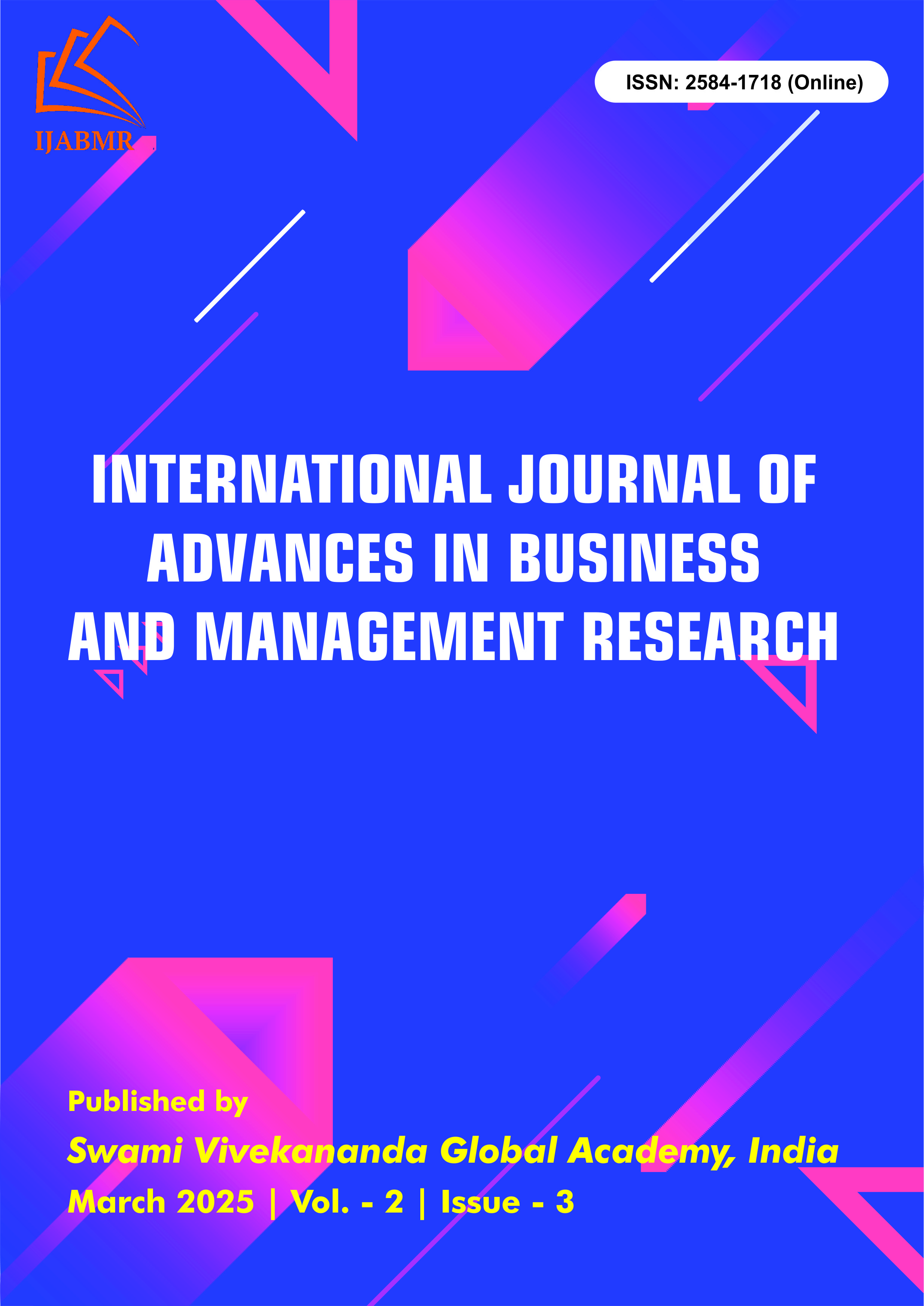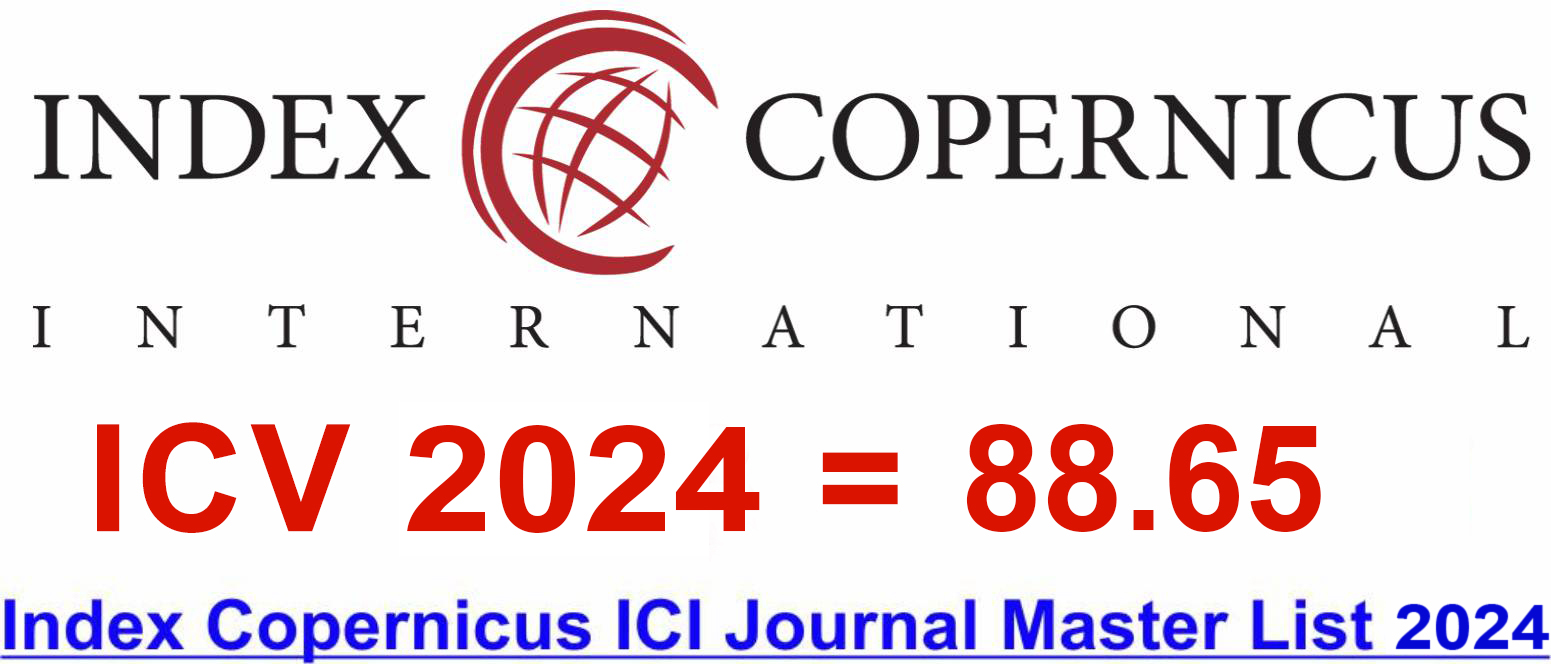Abstract
Using citation-context and the paper's content model, the researcher gives an overview of recent changes in environmentally friendly building methods, such as research into the theory and practice of lightweight and high-performance concrete. Previous efforts to use citations to create scientific summaries were utterly unsuccessful because they neglected to provide crucial context, which rendered the summaries useless. Even though the dataset Researchers use for assessment comes from the construction business, most of our methods are general, so they may be applied to other domains. Sustainable construction innovations are at a crossroads; they need to promote global prosperity while reducing their environmental footprint. The construction sector is at a crossroads; it can either help the globe thrive or harm the environment. If this problem persists, using high-performance, lightweight concrete could be the answer. This material greatly decreases the carbon impact while also improving the sustainability of construction operations. The urgent desire for environmentally friendly alternatives to present construction processes is examined in this research, along with potential implications. It emphasizes the benefits of high-performance plus lightweight concrete, such as increased adaptability, decreased weight, better thermal insulation, and decreased carbon emissions. These cutting-edge materials have already proven their worth in famous projects like Milan's Bosco Vertical and Amsterdam's 3D-printed concrete bridge, which both promote environmentally friendly building methods. If the construction sector is serious about fully embracing this technology, it needs to educate itself, engage stakeholders, invest in research, and secure regulatory approval, according to the study. The results of this study provide hope that development and environmental protection can coexist. Conventional building methods significantly impact the natural world.
References
- Abd Elrahman M, Chung SY, Stephan D. Effect of different expanded aggregates on the properties of lightweight concrete. Magazine of Concrete Research. 2019 Jan;71(2):95-107. https://doi.org/10.1680/jmacr.17.00465
- Gupta T, Siddique S, Sharma RK, Chaudhary S. Effect of aggressive environment on durability of concrete containing fibrous rubber shreds and silica fume. Structural Concrete. 2021 Oct;22(5):2611-23. https://doi.org/10.1002/suco.202000043
- Wu F, Liu C, Sun W, Ma Y, Zhang L. Effect of peach shell as lightweight aggregate on mechanics and creep properties of concrete. European Journal of Environmental and Civil Engineering. 2020 Dec 5;24(14):2534-52. https://doi.org/10.1080/19648189.2018.1515667
- Abd Elrahman M, Chung SY, Stephan D. Effect of different expanded aggregates on the properties of lightweight concrete. Magazine of Concrete Research. 2019 Jan;71(2):95-107. https://doi.org/10.1680/jmacr.17.00465
- Lv J, Zhou T, Du Q, Li K. Experimental and analytical study on uniaxial compressive fatigue behavior of self-compacting rubber lightweight aggregate concrete. Construction and Building Materials. 2020 Mar 20;237:117623. https://doi.org/10.1016/j.conbuildmat.2019.117623
- Upadhyay DK, Jamle S. A Review on Stability Improvement with wall belt Supported dual Structural System using different Grades of Concrete. International Journal of Advanced Engineering Research and Science, (ISSN: 2456-1908 (O), 2349-6495 (P)). 2020;7(3):293-6. https://dx.doi.org/10.22161/ijaers.73.43
- Yu QL, Glas DJ, Brouwers HJ. Effects of hydrophobic expanded silicate aggregates on properties of structural lightweight aggregate concrete. Journal of Materials in Civil Engineering. 2020 Jun 1;32(6):06020006. https://doi.org/10.1061/(ASCE)MT.1943-5533.0003198
- Agrawal Y, Siddique S, Sharma RK, Gupta T. Valorization of granite production dust in development of rich and lean cement mortar. Journal of Material Cycles and Waste Management. 2021 Mar;23:686-98. http://dx.doi.org/10.1007/s10163-020-01158-4
- Pal, D.R.; Behera, J.P.; Nayak, B.D. Relevance and Assessment of Fly Ash-Based Sintered Aggregate in the Design of Bricks, Blocks and Concrete. Lect. Notes Civ. Eng. 2020. http://dx.doi.org/10.1007/978-981-13-7480-7_9
- Castillo E.R., Almesfer N., Saggi O., Ingham J.M. Light-weight concrete with artificial aggregate manufactured from plastic waste. Constr. Build. Mater. 2020;265:120199. http://dx.doi.org/10.1016/j.conbuildmat.2020.120199
- Ersan YC, Gulcimen S, Imis TN, Saygin O, Uzal N. Life cycle assessment of lightweight concrete containing recycled plastics and fly ash. European Journal of Environmental and Civil Engineering. 2022 May 19;26(7):2722-35. https://doi.org/10.1080/19648189.2020.1767216















